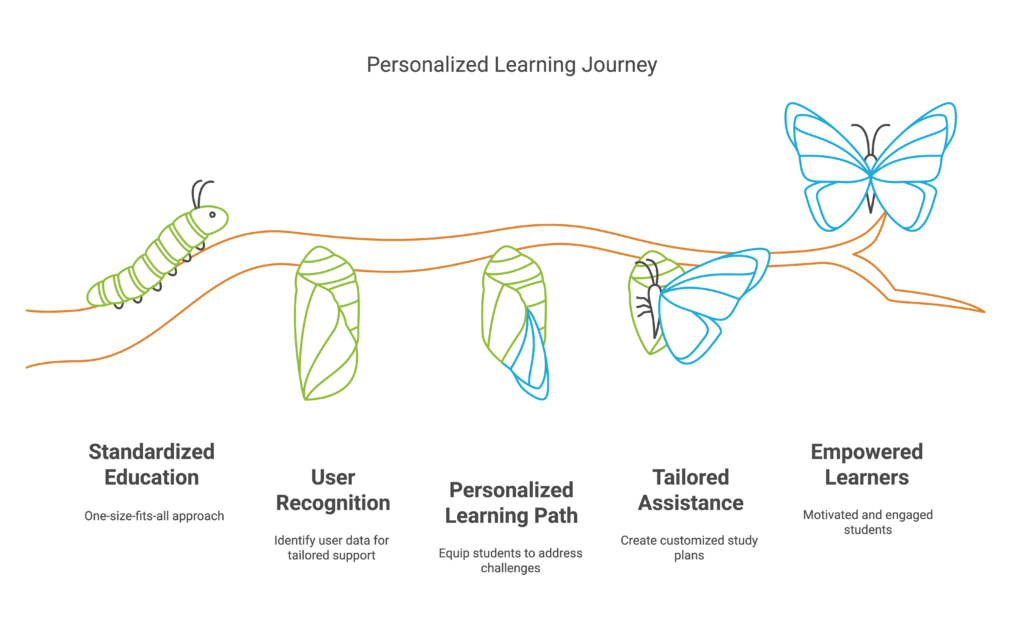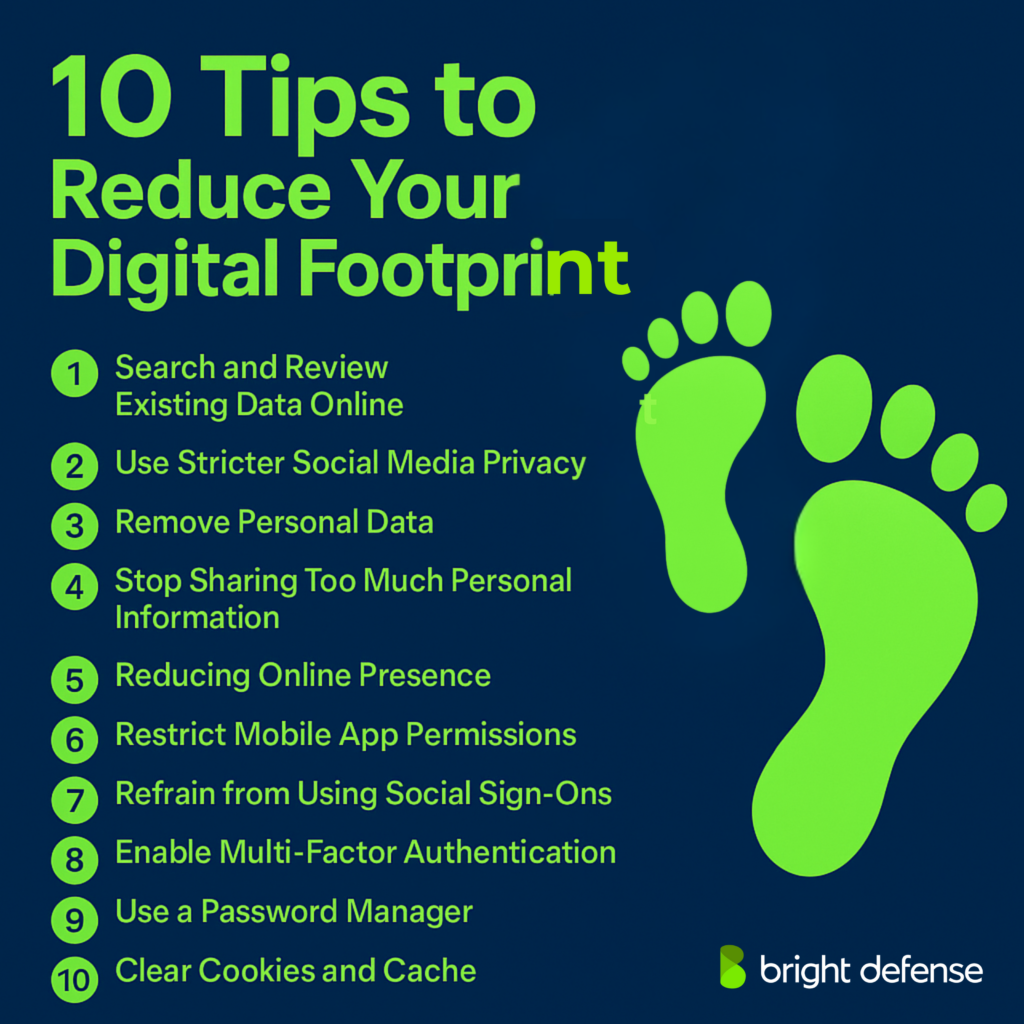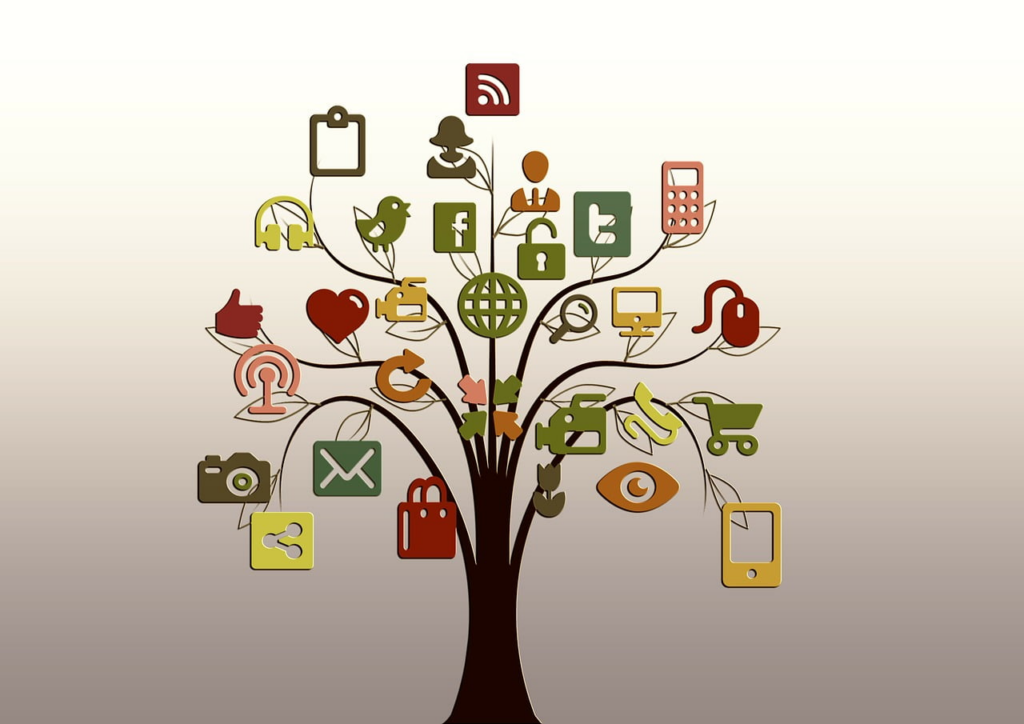
In today’s fast-paced digital landscape, learning has transcended the boundaries of traditional classroom instruction. A deep comprehension of Universal Design for Learning (UDL) principles, the dynamic growth of Personal Learning Networks (PLNs), and the complex relationship between ethics and diversity in digital spaces has become essential for creating meaningful and inclusive online learning experiences. This exploration seeks to provide a nuanced analysis of these critical elements, offering insights into the current paradigms and potential future developments of digital educational environments.
PLN Spaces Through Social Media

A Personal Learning Network (PLN) forms a vital web of connections that fundamentally supports an individual’s ongoing personal and professional development. The advent of social media platforms has dramatically broadened the potential of such networks. In my academic and professional journey, I have found Instagram and LinkedIn to be pivotal platforms for building and strengthening my PLN.
Instagram, traditionally known for its visual-driven interface, provides a distinctive pathway to access and interact with professional communities, educational content creators, and subject matter experts. Through thoughtfully crafted visual feeds, fleeting stories, and strategically chosen hashtags, I can uncover innovative teaching methods, visually compelling scientific concepts, and directly engage with professional networks via shared visual stories and interactive elements. This visual approach enables a more intuitive and engaging mode of information absorption and knowledge exchange. LinkedIn, in contrast, serves as a critical resource for forging connections with professionals across varied domains, offering broader, real-world perspectives on the practical implementation of academic theories and enabling strategic professional networking.
The intentional development of a PLN through these platforms generates significant advantages. Beyond simply enhancing knowledge acquisition, it broadens mentorship opportunities, encourages active participation in specialized academic circles, and facilitates learning from a diverse range of perspectives. Ultimately, a well-curated PLN empowers learners to continuously access cutting-edge information, engage in critical self-reflection about their knowledge, and proactively adapt to the ever-changing digital landscape, ensuring ongoing relevance and intellectual flexibility.
Privacy, Ethics, and Security in Digital Spaces
The pervasive spread of digital connectivity demands rigorous standards for protecting personal privacy, maintaining ethical conduct, and ensuring cybersecurity. These aspects are crucial not just for safeguarding sensitive data, but also for nurturing respectful online interactions and preserving the overall credibility and trustworthiness of digital platforms.
In my approach, protecting online information involves consistently implementing robust, unique passwords and mandatory two-factor authentication (2FA). I also diligently review and adjust privacy settings across my digital accounts to maintain precise control over my personal data’s visibility. Beyond these technical safeguards, my digital engagement is anchored in ethical principles: meticulously verifying information before sharing to prevent misinformation, and engaging in constructive, respectful dialogue even when encountering opposing perspectives. This comprehensive strategy ensures intellectual integrity and promotes meaningful, civil discourse.
These integrated practices are essential for establishing and maintaining a secure and reliable digital ecosystem. Collective commitment to robust security protocols strengthens defenses against cyber threats, while a widespread dedication to ethical online behavior fosters mutual respect and authenticity. Such an environment is critical for facilitating legitimate knowledge sharing, collaborative learning, and mitigating risks like online harassment or fraud, ultimately supporting productive academic and professional growth for all participants.
Inclusivity and UDL in PLNs
An inclusive Personal Learning Network (PLN) is thoughtfully designed to embrace and honor diverse perspectives, experiences, and backgrounds. Such inclusivity transcends being merely an aspirational concept, emerging instead as a fundamental catalyst for enriching learning, sparking innovation, and cultivating a deeper, more nuanced understanding within educational and professional environments.
To develop an inclusive PLN, one must proactively seek out and meaningfully engage with individuals and groups representing varied cultural, disciplinary, and socio-economic landscapes. This intentional approach effectively dismantles echo chambers and expansively broadens intellectual perspectives. The Universal Design for Learning (UDL) theoretical framework profoundly illuminates this journey, extending its principles beyond instructional design to create a genuinely accessible PLN. UDL’s commitment to Multiple Means of Engagement, Representation, and Action & Expression offers a comprehensive blueprint for enhancing inclusivity within digital learning spaces.
- Engagement: By strategically diversifying interaction channels—from visually compelling Instagram content to collaborative text-based dialogues—a PLN can effectively resonate with a broader range of learner motivations and preferences.
- Representation: Within an inclusive PLN, information is meticulously curated and disseminated across multiple formats. This deliberate strategy ensures content remains comprehensively accessible, accommodating diverse learning styles, cognitive preferences, and sensory requirements, thereby maximizing understanding and participant engagement.
- Action & Expression: An inclusive PLN enthusiastically celebrates multiple knowledge contribution pathways. By encouraging learners to articulate their understanding through varied mediums—extending beyond traditional written responses to visual narratives or spoken reflections—the network validates diverse forms of intelligence and empowers every unique voice.
Challenges and Importance of Diversity in Digital Learning

While digital learning environments promise vast opportunities for connection and knowledge sharing, they simultaneously grapple with significant challenges in achieving authentic inclusivity and diversity. Issues like digital access disparities, persistent language barriers, and the continuing lack of diverse representation in content and leadership roles can unintentionally create exclusionary spaces, thereby deepening educational inequities. These challenges highlight the urgent need to actively dismantle systemic barriers hindering equitable participation.
Despite these obstacles, the profound significance of diversity in digital learning cannot be understated. From an educational perspective, integrating varied perspectives enriches problem-solving capabilities, sparks innovation, and nurtures critical thinking and empathetic understanding among learners. Such an approach prepares individuals not just for academic achievement, but for meaningful engagement within a globally interconnected and pluralistic society. Diversified learning environments offer more nuanced, dynamic educational experiences, directly contributing to comprehensive and robust academic outcomes.
To foster a more inclusive digital environment where all voices are valued and respected, strategic initiatives are essential. These include proactively implementing tools and platforms with robust accessibility features (such as captioning, screen reader compatibility, and multi-language support). Moreover, it demands consciously amplifying marginalized voices, consistently using inclusive language, and critically evaluating information sources to ensure they reflect a wide range of experiences. These integrated approaches are crucial for developing a truly equitable and effective digital learning ecosystem.
References
- Carpenter, J. P., & Krutka, D. G. (2014). How and why educators use Twitter: A survey of the field. Journal of Research on Technology in Education, 46(4), 414–434. https://www.tandfonline.com/doi/abs/10.1080/15391523.2014.925701
- Greenhow, C., & Lewin, C. (2016). Social media and education: Reconceptualizing the boundaries of formal and informal learning. Learning, Media and Technology, 41(1), 6–30. https://www.tandfonline.com/doi/full/10.1080/17439884.2015.1064954







Recent Comments